Cabozantinib for neurofibromatosis type 1-related plexiform neurofibromas: a phase 2 trial
- PMID: 33442015
- PMCID: PMC8275010
- DOI: 10.1038/s41591-020-01193-6
Cabozantinib for neurofibromatosis type 1-related plexiform neurofibromas: a phase 2 trial
Abstract
Neurofibromatosis type 1 (NF1) plexiform neurofibromas (PNs) are progressive, multicellular neoplasms that cause morbidity and may transform to sarcoma. Treatment of Nf1fl/fl;Postn-Cre mice with cabozantinib, an inhibitor of multiple tyrosine kinases, caused a reduction in PN size and number and differential modulation of kinases in cell lineages that drive PN growth. Based on these findings, the Neurofibromatosis Clinical Trials Consortium conducted a phase II, open-label, nonrandomized Simon two-stage study to assess the safety, efficacy and biologic activity of cabozantinib in patients ≥16 years of age with NF1 and progressive or symptomatic, inoperable PN ( NCT02101736 ). The trial met its primary outcome, defined as ≥25% of patients achieving a partial response (PR, defined as ≥20% reduction in target lesion volume as assessed by magnetic resonance imaging (MRI)) after 12 cycles of therapy. Secondary outcomes included adverse events (AEs), patient-reported outcomes (PROs) assessing pain and quality of life (QOL), pharmacokinetics (PK) and the levels of circulating endothelial cells and cytokines. Eight of 19 evaluable (42%) trial participants achieved a PR. The median change in tumor volume was 15.2% (range, +2.2% to -36.9%), and no patients had disease progression while on treatment. Nine patients required dose reduction or discontinuation of therapy due to AEs; common AEs included gastrointestinal toxicity, hypothyroidism, fatigue and palmar plantar erythrodysesthesia. A total of 11 grade 3 AEs occurred in eight patients. Patients with PR had a significant reduction in tumor pain intensity and pain interference in daily life but no change in global QOL scores. These data indicate that cabozantinib is active in NF1-associated PN, resulting in tumor volume reduction and pain improvement.
Conflict of interest statement
COMPETING INTERESTS
The authors declare the following competing interests:
C-S.S. is currently employed at Merck Research Laboratories (MRL) within Merck and Co. in Late Stage Oncology Clinical Development, and is a consultant for the Selumetinib NF program at MRL. P.L.W. has holdings in Bristol-Myers Squibb under the amount allowable by the NIH. The remaining authors have no competing interests to declare.
Figures
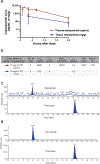
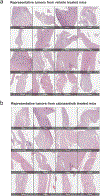
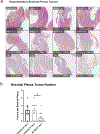
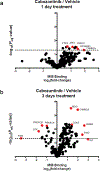

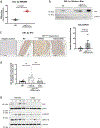
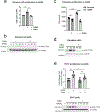
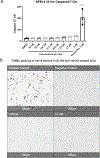

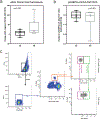


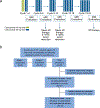

References
-
- America, P.R.a.M.o. 2005 – 2015: A Decade of Innovation In Rare Diseases. (2015).
-
- Friedman JM Epidemiology of neurofibromatosis type 1. Am J Med Genet 89, 1–6 (1999). - PubMed
-
- Wallace MR, et al. Type 1 neurofibromatosis gene: identification of a large transcript disrupted in three NF1 patients. Science 249, 181–186 (1990). - PubMed
-
- Viskochil D, et al. Deletions and a translocation interrupt a cloned gene at the neurofibromatosis type 1 locus. Cell 62, 187–192 (1990). - PubMed
-
- Ballester R, et al. The NF1 locus encodes a protein functionally related to mammalian GAP and yeast IRA proteins. Cell 63, 851–859 (1990). - PubMed
Publication types
MeSH terms
Substances
Associated data
Grants and funding
- W81XWH-12-01-0155/US Army Medical Research and Development Command/International
- U54 CA196519/CA/NCI NIH HHS/United States
- K12-HD000850/U.S. Department of Health & Human Services | NIH | Eunice Kennedy Shriver National Institute of Child Health and Human Development (NICHD)/International
- K12 HD000850/HD/NICHD NIH HHS/United States
- U54-CA196519-04/U.S. Department of Health & Human Services | NIH | National Cancer Institute (NCI)/International
LinkOut - more resources
Full Text Sources
Other Literature Sources
Medical
Molecular Biology Databases
Research Materials
Miscellaneous

